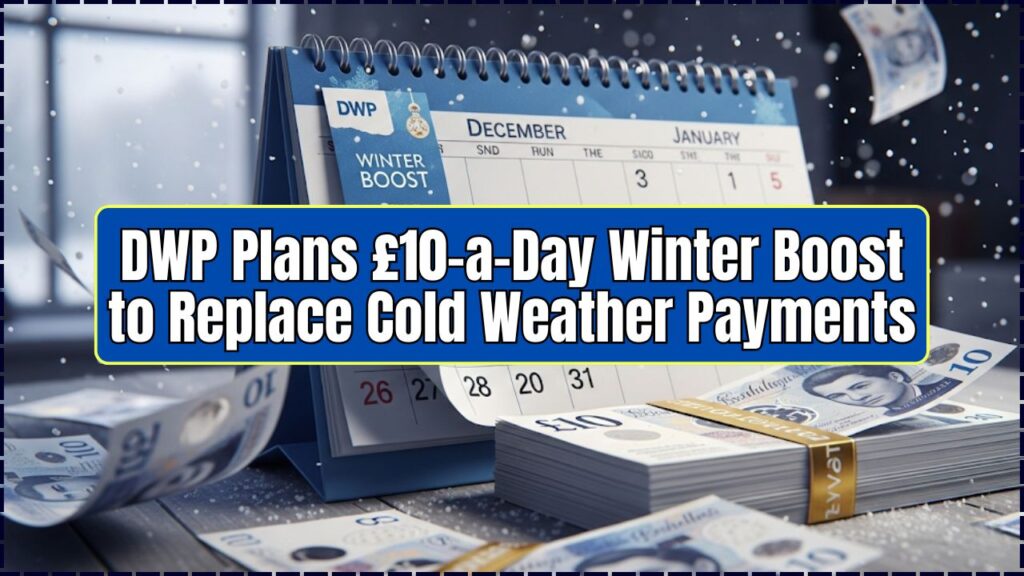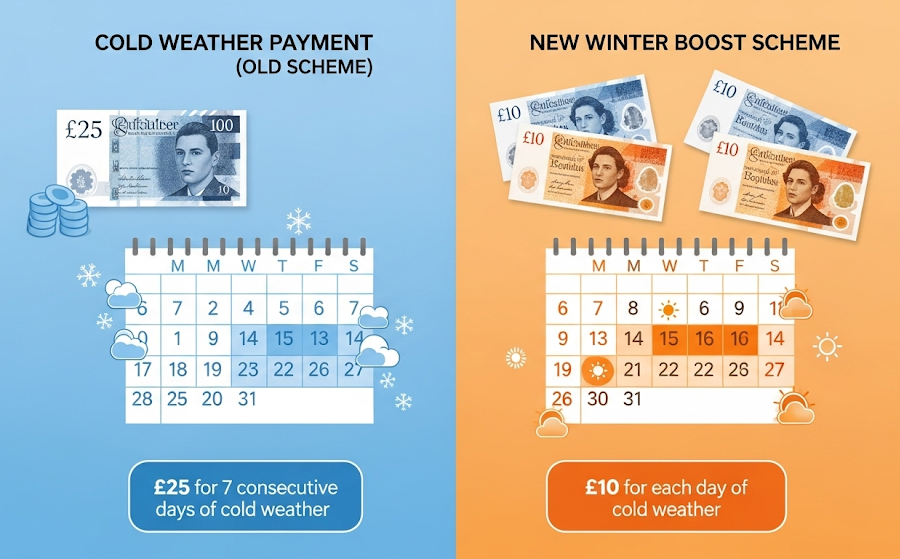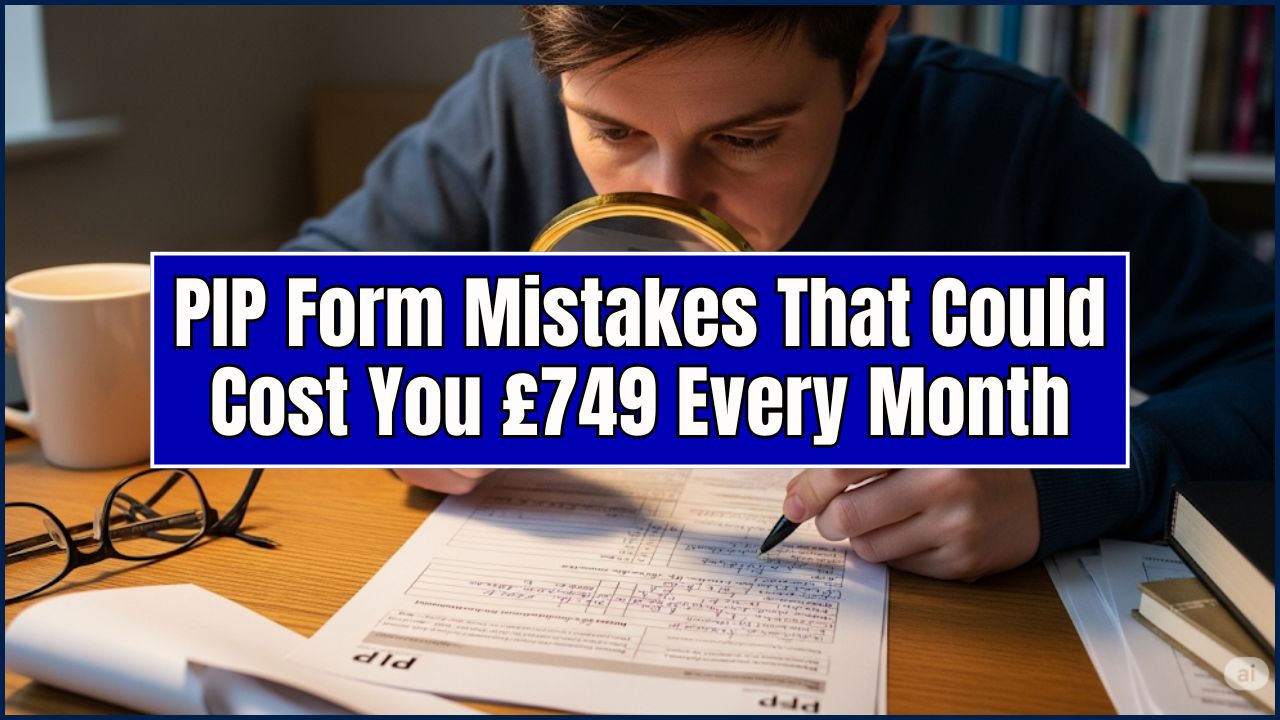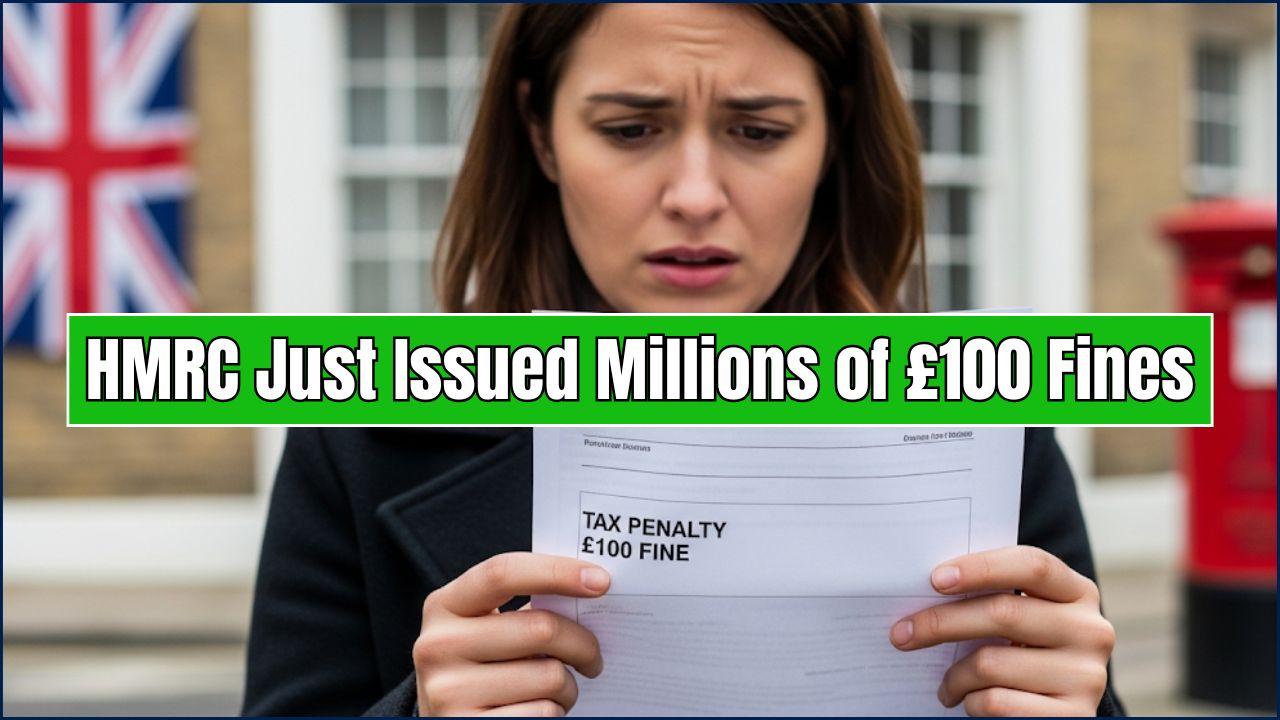DWP Plans £10-a-Day Winter Boost to Replace Cold Weather Payments — that headline’s got a lot of folks scratching their heads. And hey, we get it. If you’re juggling bills, worried about heating costs this winter, or just trying to stay warm without going broke, this matters.

Let’s break it down like you’re chatting with a neighbor over coffee in your kitchen. We’re diving into what this proposed plan actually is, why it matters, and what’s real vs. just talk. We’ll also look at who gets what, how much, and what the experts are saying. We’ll even sprinkle in some real-world stories and smart hacks to stay cozy this winter.
Winter Boost to Replace Cold Weather Payments
| Topic | Details |
|---|---|
| Plan Name | Proposed £10-a-Day Winter Boost |
| Current Policy | Cold Weather Payment: £25/week of freezing temps |
| Proposed Change | £10/day during extreme cold (academic proposal) |
| Applies To | Low-income & vulnerable households |
| Official Source | UK Gov Cold Weather Payments |
| Current Status | NOT yet implemented by DWP (only a research proposal) |
| Winter Fuel Payment | Recently reinstated by Chancellor (for incomes under £35k) |
The idea of a £10-a-day Winter Boost to replace Cold Weather Payments is creating buzz for a reason. It reflects a growing awareness that the old system may no longer fit modern needs. But for now, it remains a recommendation, not a rule.
Until official changes roll out, your best bet is to check eligibility, plan ahead, and use all available resources to stay warm this winter.
Stay safe, stay savvy, and don’t let the cold catch you off guard.
Cold Weather Payments – What They Are and How They Work Now
First off, let’s talk about the Cold Weather Payment (CWP). It’s a scheme that helps folks on certain benefits cover extra heating costs when the mercury takes a dive.
Right now, if the temperature in your area averages 0°C or below for 7 straight days, you get £25 per week. The payments kick in automatically if you qualify.
Who gets it?
You might get CWP if you’re receiving:
- Pension Credit
- Income Support
- Universal Credit (with additional conditions)
- ESA (income-based)
More info? Check out the official gov.uk CWP page.
What’s the issue?
Experts argue it’s outdated. With energy bills rising, many say £25 for a whole week just doesn’t cut it anymore.
The £10-a-Day Proposal – What’s New?
Now here’s the tea: A group of independent economists and policy advisors has proposed a new idea. They suggest ditching the old system and replacing it with a £10-per-day Cold Weather Boost when temps hit –4°C or lower.
Why £10/day?
According to their July 2025 whitepaper, households were still self-disconnecting (turning off the heat) even during sub-zero weather. Their data shows the current system isn’t responsive enough to real needs.
The £10/day would provide faster, more flexible help, without requiring a full week of freezing weather.
Is this official?
Nope. It’s just a proposal – for now.
But the Department for Work and Pensions (DWP) is said to be reviewing it as part of their ongoing welfare reform discussions.
What About Winter Fuel Payments (WFP)?
You might be wondering about that other one: Winter Fuel Payments.
Here’s the scoop:
- In late 2024, the DWP introduced means testing, cutting WFPs for pensioners not on benefits.
- That meant around 9 million pensioners were at risk of losing £200–£300 annual help.
- After some serious pushback, Chancellor Rachel Reeves reversed course in June 2025.
What’s the current deal?
If you’re over 66 and earn under £35,000, you’ll get:
- £200 if aged 66–79
- £300 if aged 80+
Even if you earn more, you still get it — but may have to repay it later via HMRC.
Real Talk – How Are Folks Coping?
We spoke to a few families in Yorkshire and Birmingham about how they handle winter heating costs. Here’s what they said:
“We layer up, but there’s only so much you can do when the boiler goes off. £25 a week doesn’t last long when your bill’s £7 a day.” – Karen T., Birmingham single mum of two.
“I use the slow cooker and electric blanket more than the central heat. It saves pounds each week.” – George M., retired in Hull.
These stories highlight a truth: people are doing what they can. But there’s a real hunger for a smarter, more helpful system.
Why This Matters to You
Now here’s where it gets real. Heating a home in winter ain’t cheap.
- The average energy bill for a UK household is still over £1800/year (Ofgem, 2025).
- A one-week cold snap could cost families over £50 in heating alone.
- If you’re living paycheck to paycheck, £25/week doesn’t stretch far.
Switching to a daily model means:
- Faster support
- More responsive to shorter cold spells
- Easier budgeting
It’s not just about money. It’s about health, too. Cold homes can trigger:
- Asthma attacks
- Heart conditions
- Depression and anxiety
Practical Tips to Stay Ahead
Let’s be honest. Whether the £10-a-day plan happens or not, you need a plan.
Check Eligibility
Use the official DWP checker to see if you qualify for:
- Cold Weather Payments
- Winter Fuel Payments
Apply for Extra Help
You might also qualify for:
- Warm Home Discount
- Local council grants
- Charitable support like Turn2Us
Winterize Your Home
- Use draft excluders
- Check boiler efficiency
- Install smart thermostats
- Claim free insulation via gov.uk energy grants
Cold Weather Payment vs. New Winter Boost Scheme
| Feature | Old Cold Weather Payment | New Winter Boost Scheme |
| Payment Amount | £25 for each 7-day period | £10 per day of cold weather |
| Trigger | 7 consecutive days of 0°C or below | New trigger criteria based on temperature, to be confirmed |
| Total Potential Payout | Varies widely based on winter severity | More consistent payments, not tied to a 7-day period |
| Key Advantage | No application needed; automatic payments | More responsive, daily payments for more flexible support |
| Key Disadvantage | Inconsistent and can miss short, cold spells | Details and final criteria still being confirmed |

Expert Take – What the Pros Are Saying
Dr. Fiona Marshall, economist at LCP:
“The Cold Weather Payment system hasn’t changed in years. Meanwhile, household costs have doubled. A day-based model isn’t just smarter — it’s fairer.”
Energy Action UK spokesperson:
“We need to keep people warm, not just when it’s –1°C for a week, but any time a cold front rolls through.”
These expert insights are helping guide policy debates as we move into the colder months.
FAQs
Is the £10-a-day Winter Boost real?
Not yet. It’s a proposed policy, not officially adopted.
When will the DWP decide?
There’s no fixed date. But reforms are under review ahead of the 2025/26 winter season.
Can I still get Cold Weather Payments in 2025?
Yes, under the existing system. If temps fall below 0°C for 7 days, eligible folks get £25 per week.
What if my area doesn’t hit freezing?
No payment is issued. That’s one reason folks are pushing for a daily trigger instead.
Do I have to apply?
Usually not. Payments are made automatically if you qualify.
Will this affect my Universal Credit?
No, Cold Weather Payments and WFP are separate from your core benefits.














